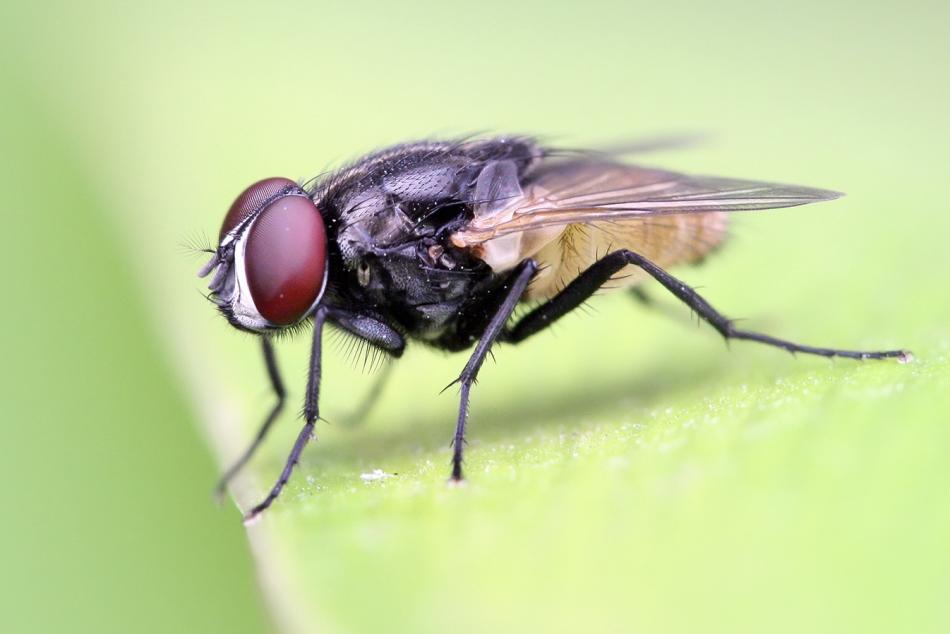IQ NOFLY WSP
Effective Sexual Pheromone & Attractant for control Musca Domestica "House fly" with a unique eco-friendly system
OUTDOOR SOLUTION
For Livestock – Horse barns - Gardens – Clubs – Streets - Farms – factories…..
WHY IQ NOFLY WSP?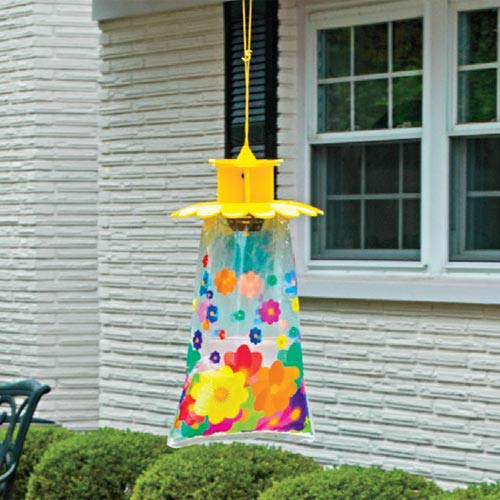
- VERY EFFECTIVE SOLUTION
- SPECIFIC ATTRCATANT TO HOUSE FLIES
- PHEROMONE LASTS 45 DAYS
- ECO-FRIENDLY TECHNOLOGY
- OUTDOOR SOLUTION
- SUTIBALE TRAP FOR THE PUBLIC HEALTH SECTOR
- EASY APPLICATION
- ECONOMIC COST
How to use?
Dissolve the contents of the envelope 12.5g in 300 ml of water and pour into a disposable Flytrap or use a water bottle as a trap. Hang the traps near where the source of fly infestation occur, preferably in shade with good ventilation.
MUSCA DOMESTICA “HOUSEFLY” OVERVIEW :
The housefly, Musca domestica, is the most common of domestic flies. Originally from central Asia, they are now one of the most widely distributed insects, found associated with humans all over the world. Houseflies feed and breed in animal faeces and garbage and also commonly found on human food. Their legless maggots feed directly on the material in which the eggs were laid. Adult flies have sponge-sucking mouthparts that allow them to eat only liquid foods, they eject saliva to break down solid foods. Although they do not bite, this species is a problematic pest as a vector for more than 100 serious pathogens (viruses, bacteria, fungi, protozoa, and nematodes), including those causing typhoid, cholera, salmonellosis, dysentery, tuberculosis, anthrax, and parasitic worms carried to human food on the fly’s body parts or in its regurgitations or defecations. Control of houseflies especially in poor countries with inadequate sewage facilities and sanitation is an important public health concern. Houseflies breed rapidly, a female can lay up to 300 - 500 eggs.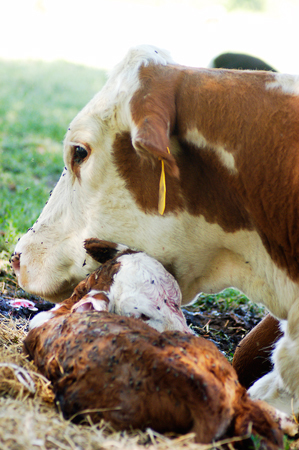
Damage and Medical Importance: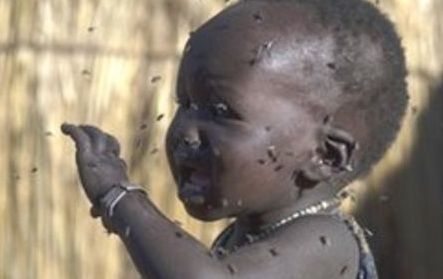
Houseflies live in close association with humans and can be important vectors of a number of diseases, picking up pathogens at their breeding and feeding sites, e.g. animal and human excrement and domestic rubbish. Such diseases can cause child death and blindness. House flies have been demonstrated to carry more than 100 different pathogens such as viruses, bacteria, fungi and parasitic worm eggs . They can develop in large numbers resulting in annoyance to livestock with a subsequent reduction yield in meat, dairy and egg production. They can also cause post production food spoilage. However, in the wider environment, house flies play an important role breaking down and recycling organic waste.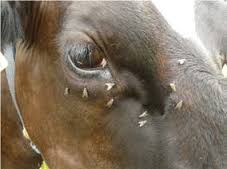
Economic Thresholds:
Economic thresholds for house fly control are situation dependent, i.e. in food production tolerance is very low, whereas in livestock or poultry production a low number of flies may be accepted.
For more info, contact us: info@cropiqtech.com

